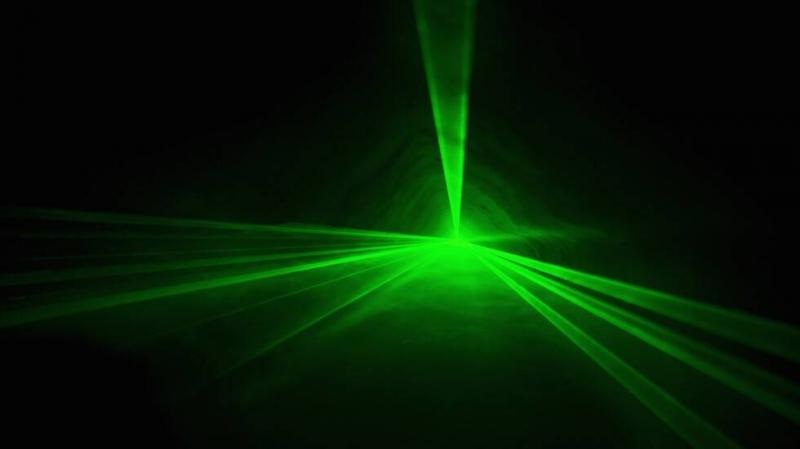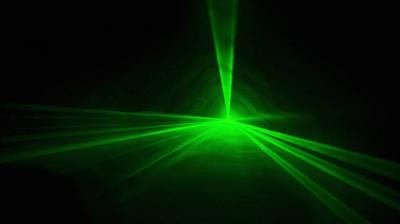A team of physicists has made a technological advancement that could soon allow them to find undiscovered planets. Scientists from Heriot-Watt University in Edinburgh and the University of Cambridge have developed a form of astrological comb, a laser system that enables astronomers to observe small changes in the color of starlight, revealing hidden planets in the process. The team states, "This technology could also enhance our understanding of how the universe expands naturally."
While astronomical combs have been used by scientists studying the universe for several years, they have previously been limited mostly to the green and red parts of the color spectrum. The new breakthrough will allow scientists to utilize the ultraviolet to blue and green spectrum, meaning they will be capable of uncovering more secrets hidden in space.
Professor Derek Reid from Heriot-Watt University explained: "Astronomical combs allow astronomers to make extremely sensitive measurements of the wavelength of light, and could be tens to hundreds of times better than traditional technology. Just as a millimeter scale on a ruler allows us to measure distances accurately, the astronomical comb provides astronomers with an accurate scale for measuring wavelength."
He added: "So far, astronomical combs have primarily operated in the green to red part of the light spectrum, but the shorter wavelengths from ultraviolet to the blue-green area are rich in atomic absorption features that interest astronomers." He continued, "Our new approach provides, for the first time, a continuous sequence of visual markers from ultraviolet to blue-green that acts as an accurate wavelength scale in that part of the spectrum."
Professor Reid's team is working on developing the Extremely Large Telescope technology, which is currently under construction in Chile. They are also collaborating with astronomers in Cambridge, Uppsala, and Cape Town on astronomical combs for telescopes in the Canary Islands and South Africa.
Professor Reid stated that astronomical combs operate similarly to distortion on an electric guitar. He explained: "There's a beautiful analogy in rock music, where distortion is heard when the electric guitar signal is high, but not when it's low. This distortion is simply new sound frequencies generated in the guitar amplifier. Our devices do the same, but for light. More importantly, we have achieved a broad and continuous spectrum of colors from ultraviolet to blue-green using a significantly low-power laser, of the same kind already used in some astronomical telescopes."




